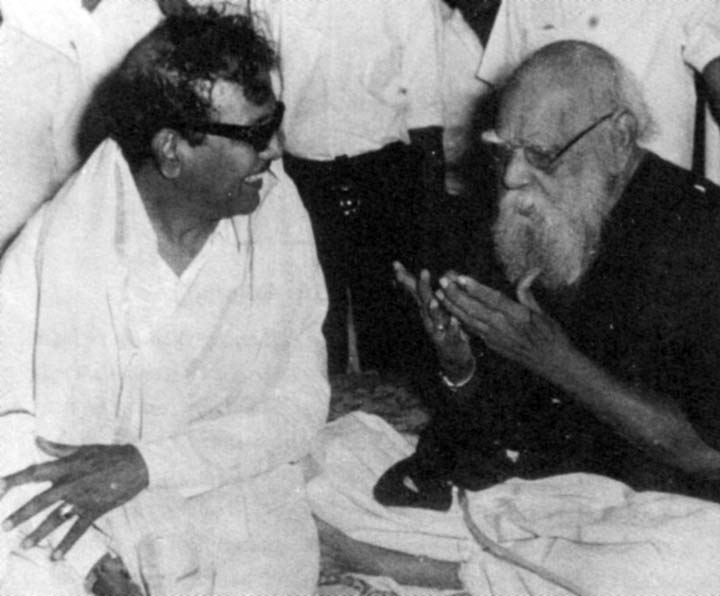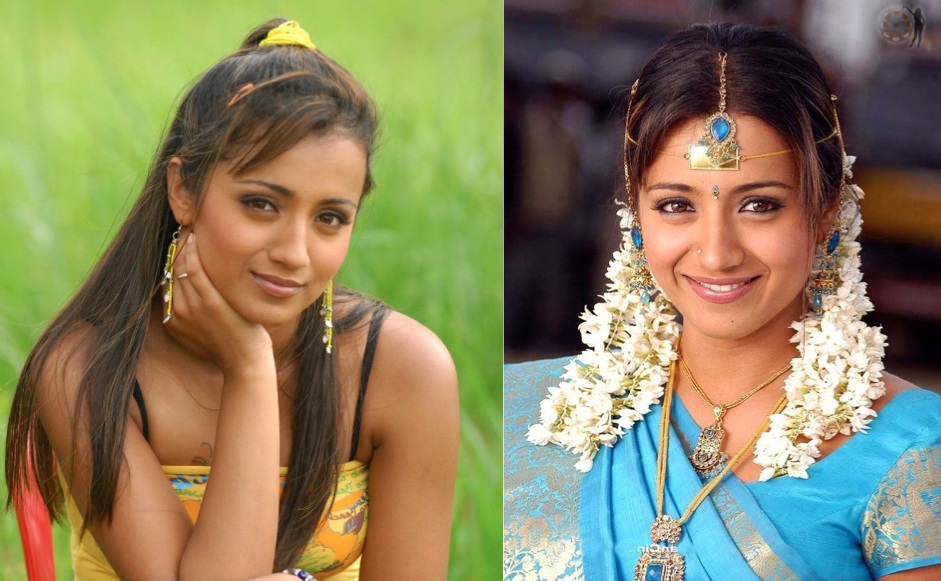
The song “Club le Mabbu le” from the album “Hip Hop Tamizha” has taken the Internet by storm, and along with it controversy regarding the “proper role” of Tamil women. Who are these young men to tell Tamil girls not to dance? Not to drink? Not to smoke? What to wear? And what was the singer doing in the club? Is he out to check out men? These are some of the most vociferous questions posed by many of our enlightened “modern” young Tamil women.
I have always thought of feminism as an alien concept to pre-colonial Tamil society. However, a closer look at Sangam era literature will reveal that this is not the case. Silappatikaram, one of the five Great Epics of Tamil literature, is a prime example of the liberalism that had once existed in pre-colonial Tamil culture.
Madhavi is a courtesan dancer who spends time with the rich merchant Kovalan and enjoys his wealth and riches. Kovalan’s wife is Kannagi, the main protagonist of Silappatikaram. She is a chaste woman who forgives her husband’s adultery and continues to be with him even when he loses all his riches. Kovalan goes to sell Kannagi’s anklet in Madurai to start a business, but is wrongly accused of stealing it from the Queen and is beheaded. Kannagi goes to Madurai to prove her husband’s innocence to the King and burns the entire city when she does.
While glorifying Kannagi’s chastity, Ilango Adigal - the writer - does not denigrate Madhavi as a whore as current Tamil society would. Instead, he reveres her loyalty and individuality. Hearing of the demise of Kovalan and Kannagi, Madhavi becomes a Buddhist monk at the end of the tale. She is accorded as much respect as much as Kannagi in Silappatikaram.
Colonial Tamil society has also seen valiant women, among them Captain Lakshmi Seghal, one of the first members of the Indian National Army. Seghal went through a divorce and married another man, a story rarely heard given its audaciousness in her time.
Furthermore, Periyar E.V. Ramasamy, the father of the Dravidian movement in Tamil Nadu, decreed that woman should leave the concept of virginity at home if they want to achieve freedom. Unfortunately, subsequent pro-Dravidian parties adopted solely his anti-Brahminic rhetoric for their political agenda, and his progressive stance towards women’s rights were abandoned for challenging the patriarchal status quo.

Modern Kollywood cinema is a travesty in its portrayal of women in Tamil society. There are several unwritten rules of Tamil cinema that have been followed for generations. The sister of every hero will only ever be draped in a saree. From the times of M.G Ramachandran to “Maapillai” Dhanush, the sister character is someone who never leaves the kitchen and will get married to a goody two-shoes engineer. And she will commit suicide if she gets raped.
By contrast, the heroine of every Tamil film will wear shorts and spaghetti-strap tank tops even if she lives in a village without a bus route. However, at the moment she falls in love with the hero, she will revert to a saree because the hero has enlightened her on how to be a “proper Tamil woman”. Never mind the fact that he is going to dance to a song featuring a half-naked Namitha in the next scene.

While the more enlightened among us may dismiss these strips of celluloid as trivial fanfare, let us not underestimate the effects of these films on the mindsets of many Tamil men – young and old, modern and traditional alike. The perceived cultural notion of the proper role of Tamil woman is ingrained and reinforced in these movies. And thus the creation of songs like “Club le Mabbu le” from our young men.
Yet while we may denounce these views as “misogynistic” and “patriarchal”, we must also confront reality. I used to work at a South Asian establishment in Toronto. The staff was mainly comprised of first generation South Asians who had been living in Canada for over two decades. The rest were mainly students from South Asia. There was one particular girl who worked with me. One may call her “modern”. She wore really short shorts, drank alcohol, smoked, and flirted with random customers to get bigger tips.
She spoke to me once. There were a lot of derogatory comments circulating behind her back – from men and women alike – and she asked me why. I told her candidly that it was because of the image she portrayed. She retorted, “This is Canada! I have my freedom to dress however I like!” I responded quietly, “And this is Toronto. They have the freedom to say whatever they want – even behind your back.”
Living in a Western country while retaining our cultural identity is no easy job. But we should be prudent in what we adapt and what we let go. Change comes gradually, often spanning generations. My grandmother refused to utter her husband’s name even for official purposes because she considered it disrespectful. My mother would say my dad’s name, yet would never allow him into the kitchen as she considered it her domain. Her son loves cooking Tamil food, and I’ll take no shame in splitting cooking duties with my future wife. Such is the nature of cultural progression.
Yet I admit to being guilty of holding Tamil women to a higher standard of behaviour even today, particularly when it comes to whom I’d consider for a wife. And while I don’t really care about my girlfriend drinking, smoking or partying, I do have a problem with the mother of my child drinking, smoking and partying. Perhaps that would make me a chauvinist or a misogynist, yet many Tamil men – even enlightened “modern” ones – will quietly echo my sentiments. And like the traits described of my mother and grandmother above, this is a mindset that will likely take a generation or more to change.
Beautiful changes take time. Cultures evolve. Revolutions result in disasters. Let’s give it some time, shall we?
The views expressed in this article are those of the author and do not necessarily reflect TamilCulture's editorial policy.
For an alternative perspective, check out: The Real Voice of a Feminist Tamilachi.
























